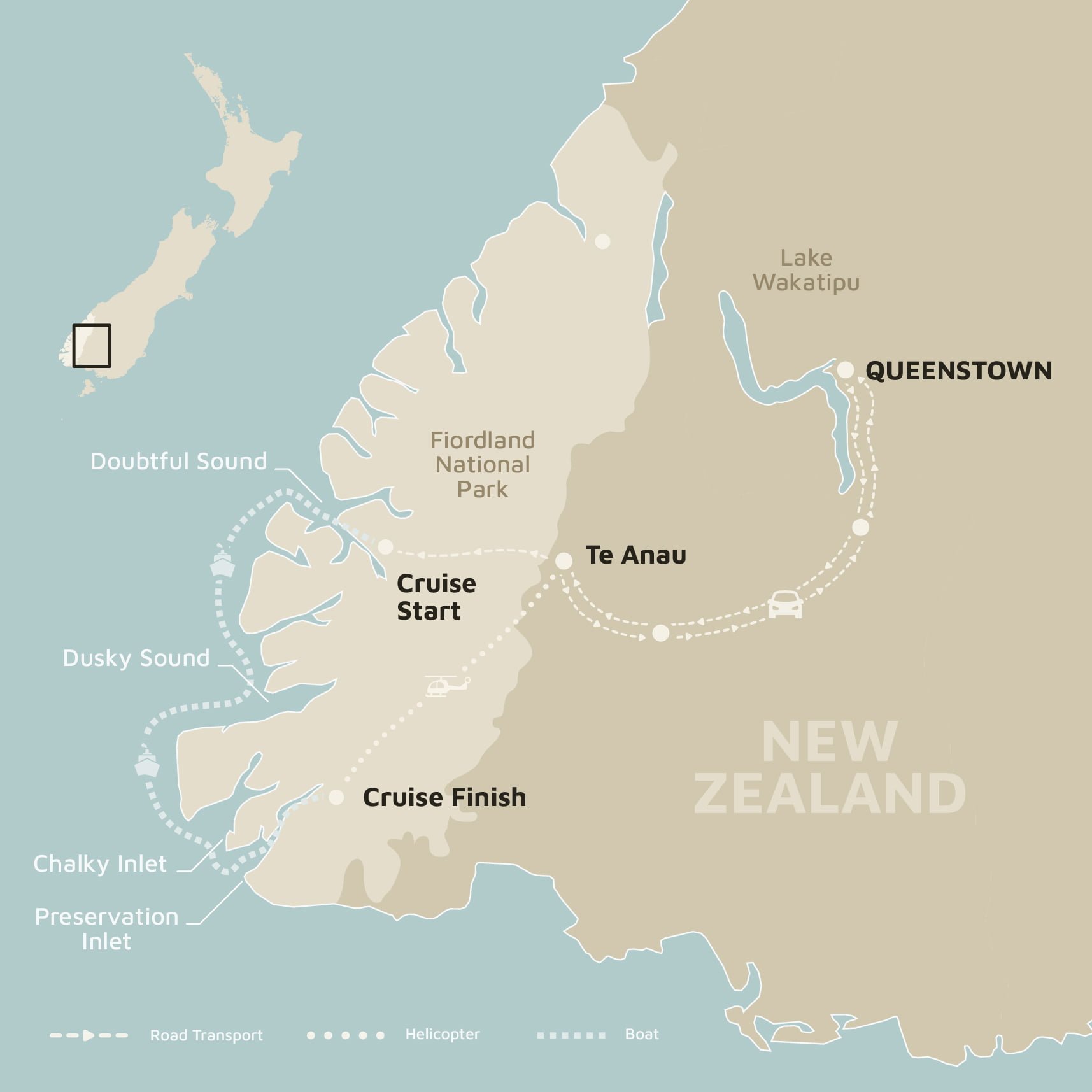Experience grand scale scenery, untamed wilderness, ice-carved mountains, forests, and unique wildlife of New Zealand’s Southern Fiords. Only accessible by sea, this isolation ensures this epic gem of nature remains unspoiled. Waterfalls, streams, rivers, and fiords are enveloped with misty veils that come and go, revealing steep gradients of mountain peaks and sheltered valleys. Explore the calm waterways home to bottlenose dolphins, crested penguins and fur seals combined with enthralling shore excursions.
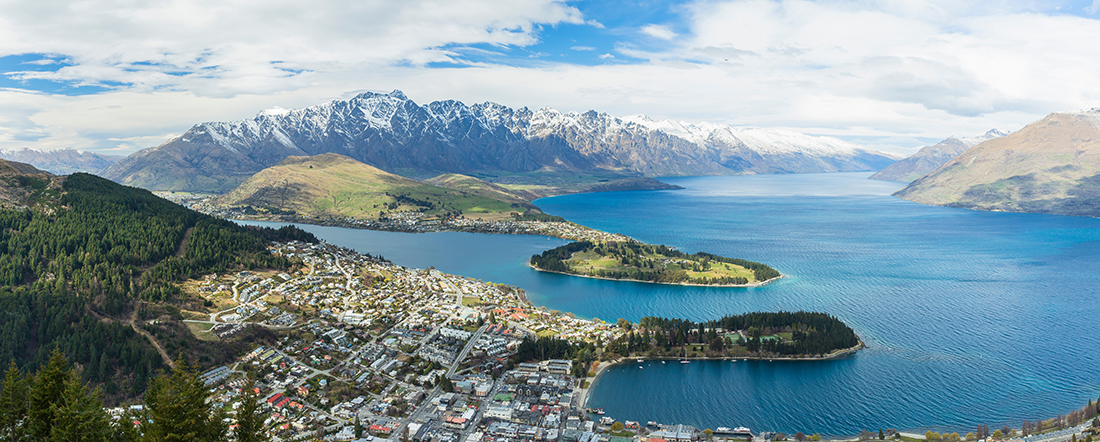 Day 1
Day 1
Arrive at Queenstown and make your way to the DoubleTree by Hilton where you’ll meet your Back Track host and fellow travellers. Your evening is free to sample one of the 150 bars, restaurants, and cafes on offer in New Zealand’s ultimate foodie destination.
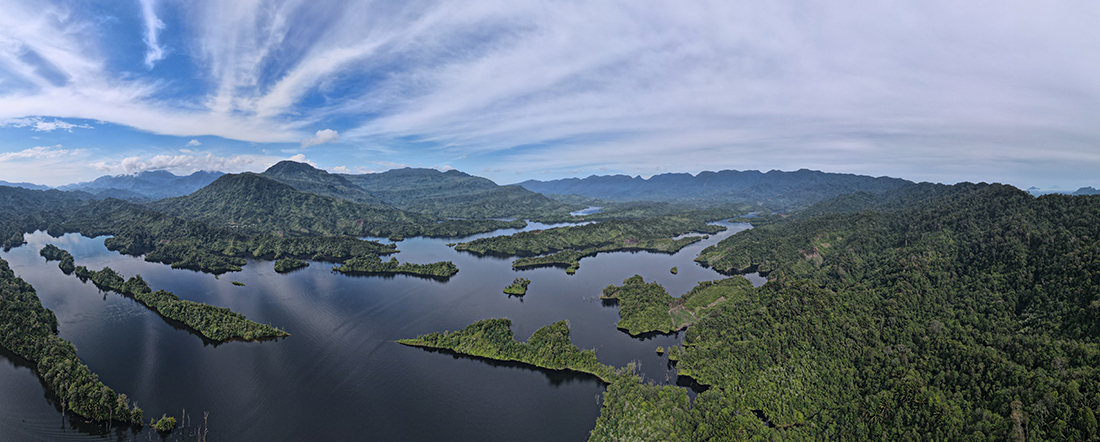 Day 2
Day 2
Enjoy breakfast at the hotel before your early morning coach transfer to Te Anau, and then continue to the ship via the road constructed as part of the Manapouri hydro scheme and the picturesque Wilmot Pass. The ship will await you at the very head of Doubtful Sound in Deep Cove home to several waterfalls including Helena and Lady Alice Falls. The captain and expedition leader will be waiting to welcome you aboard Heritage Explorer and show you to your cabin. Settle into life aboard before we set sail and enjoy your first impressions of the fiords and the unrestrained landscape of Southern Fiordland. (B L D)
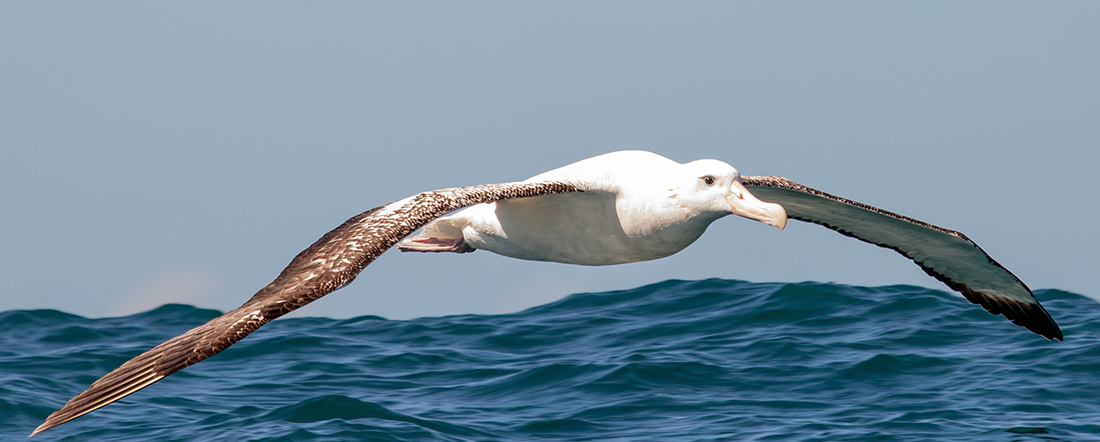 Day 3
Day 3
Doubtful Sound, or the sound of silence as it’s also known, spans some staggering 40-kilometres and holds the title as New Zealand’s deepest fiord. Its cloud-scraping wilderness cloaked mountains, sheer cliffs, waterfalls, inlets, quiet coves, and wildlife presents nature on a scale so grand it’s off the chart. After a quiet night aboard surrounded by the nature and wilderness, join your naturalists on deck to spot seabirds including the majestic Wandering and Buller’s Albatross as we pass Breaksea Island, which guards the entrance to Breaksea Sound. It was on Breaksea Island that the first successful island rat eradication program was completed. Today it is a protected nature reserve of great significance to the many endangered species which call the island home. (B L D)
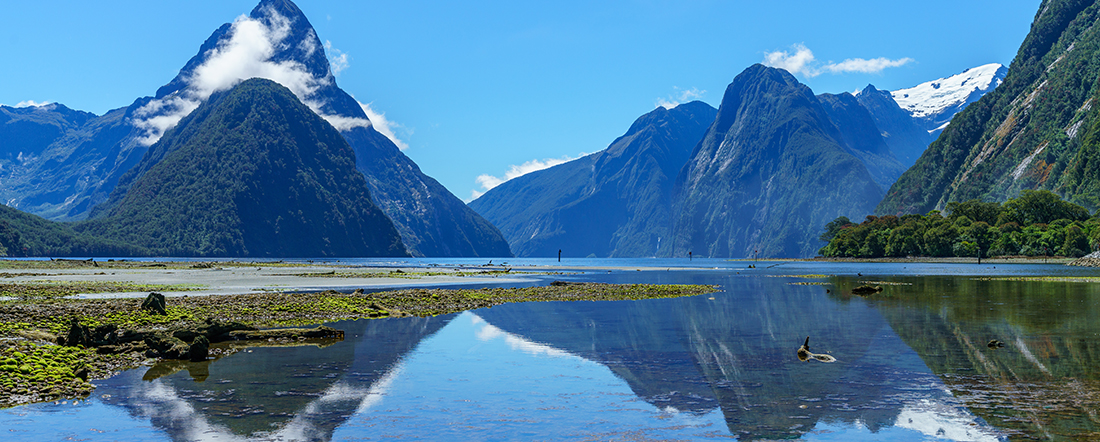 Days 4 -5
Days 4 -5
Over the following two days we plan to leisurely expedition cruise through Dusky Sound visiting some of the most significant historical and conservation sites in New Zealand, as well as marvelling at the majestic scenery as we sail deep into the heart of Fiordland. A navigation through Acheron Passage, which separates Resolution Island from the mainland, is sure to be one of the highlights of our time in Fiordland. Predator-free Anchor Island houses half of the world’s population of Kakapo and Little Spotted Kiwi. It is also the location of historic Luncheon Cove and a number of New Zealand firsts including New Zealand’s first sealing gang, the building of New Zealand’s first European homestead and first European designed ship - the 16-metre Providence built here and launched in 1795. On nearby Pigeon Island, learn the history of Richard Henry and his pioneering live transfer of birds to island refuges – an international first in wildlife conservation. Travelling over to the island, it is heartening to learn the island is now pest free and a sanctuary for native birdlife, with Henry’s vision fulfilled. (B L D)
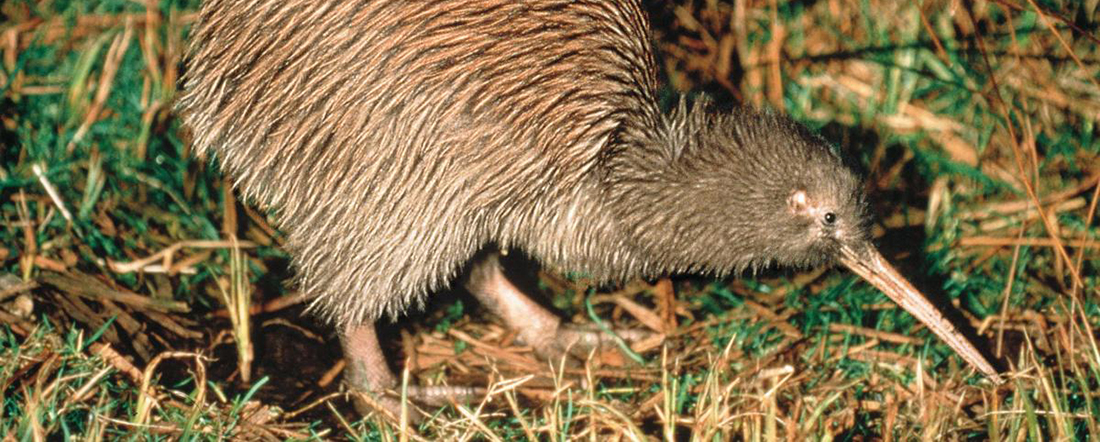 Day 6
Day 6
The entrance to Chalky Inlet is guarded by the impressive limestone cliffs of Chalky Island, the inspiration behind Captain Cook’s naming of the fiord. One of several important predator-free islands in the inlet, including Great Island and Passage Islands, Chalky Island is home to some of New Zealand’s most critically endangered bird species including the Little Spotted Kiwi and Kakapo, and endemic Te Kakahu Skink, discovered in 2002. The protected harbours at North and South Port offer much to explore as the centres of human history in the inlet. North Port is the final resting place of the rusting hulk of purposely grounded GSS Stella, while South Port reveals an industrial past with the remnants of once prolific sawmilling activity. Sailing to the head of the fiord, the surrounding mountains envelope us with their majesty. (B L D)
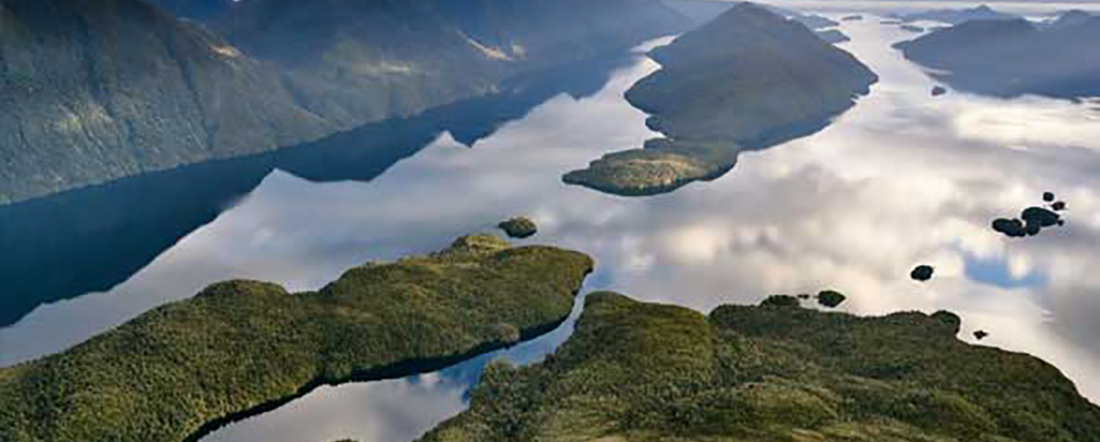 Day 7
Day 7
Today is dedicated to exploring Preservation Inlet, rich in history, where we will delve into the gold mining and forestry attempts that once made this now quiet waterway a bustling hub of activity. The area’s natural bounty saw more than 2,500 gold miners and saw millers flock to the region in the late 1890s. This early settler history at mining towns Cromarty and Te Oneroa, both now reclaimed by nature, can still be observed, none more spectacularly than at the failed Tarawera Mine and Smelter. The ruins of the smelter’s three-storey chimney were restored in 2015. Preservation Inlet can also lay claim to having New Zealand’s first whaling station at Cuttle Cove and the location of one of the country’s most remote lighthouses at Puysegur Point, which began operation in 1879 and perches some 40-feet above the south island’s most south-western point. Here a great coastal walk, formerly a telegraph track built to connect the lighthouse to the outside world, leads to the old landing shed at Otago Retreat. (B L D)
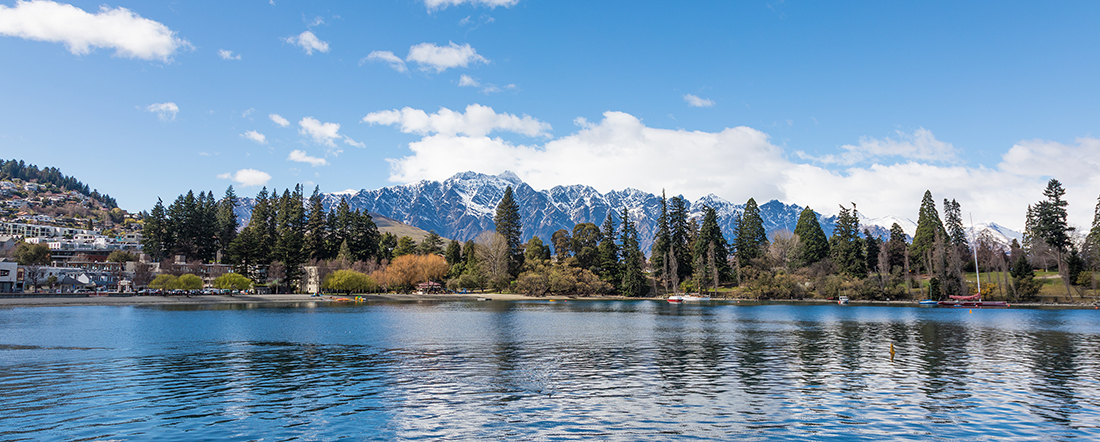 Day 8
Day 8
After a final breakfast and farewells, take in the grand views and awe-inspiring scenery as you enjoy a spectacular helicopter transfer to Te Anau. We’ll then transfer by coach back to the Double Tree by Hilton where the evening is free to explore Queenstown once again. (B)
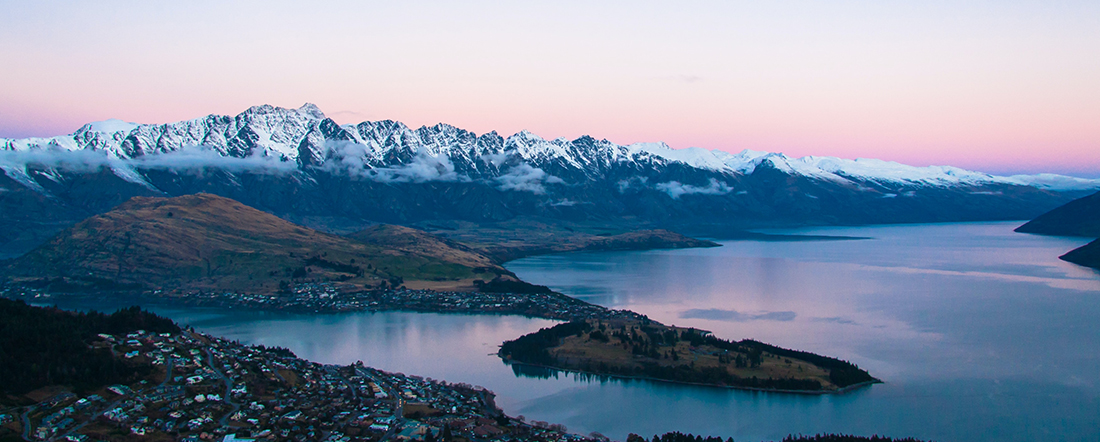 Day 9
Day 9
Our itinerary concludes this morning after breakfast. Our consultants can assist if you’d like to continue exploring this beautiful part of the world. (B)
From $6,675pp twin share
<!—
Back Track Adventures are proud to partner with Wild Earth Travel and Heritage Expeditions on this amazing voyage. Back Track’s very own Sarah will be your host alongside the experienced Heritage crew.—>
Other departures are available. If this is the adventure for you, we’re here to make it happen. Contact us for more information.
for the latest offers and updates
© Back Track Adventures 2025 | ABN: 89 648 174 396
